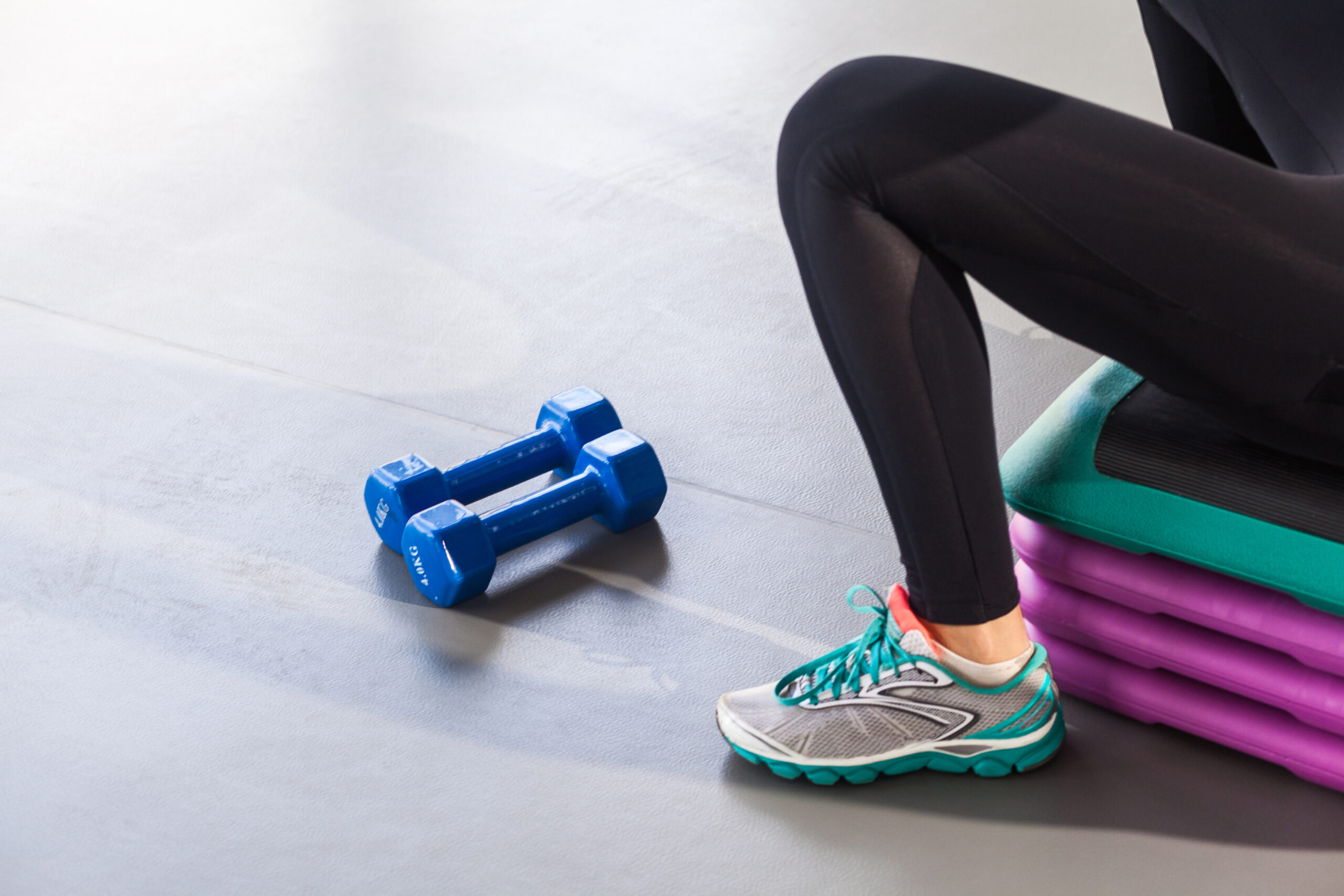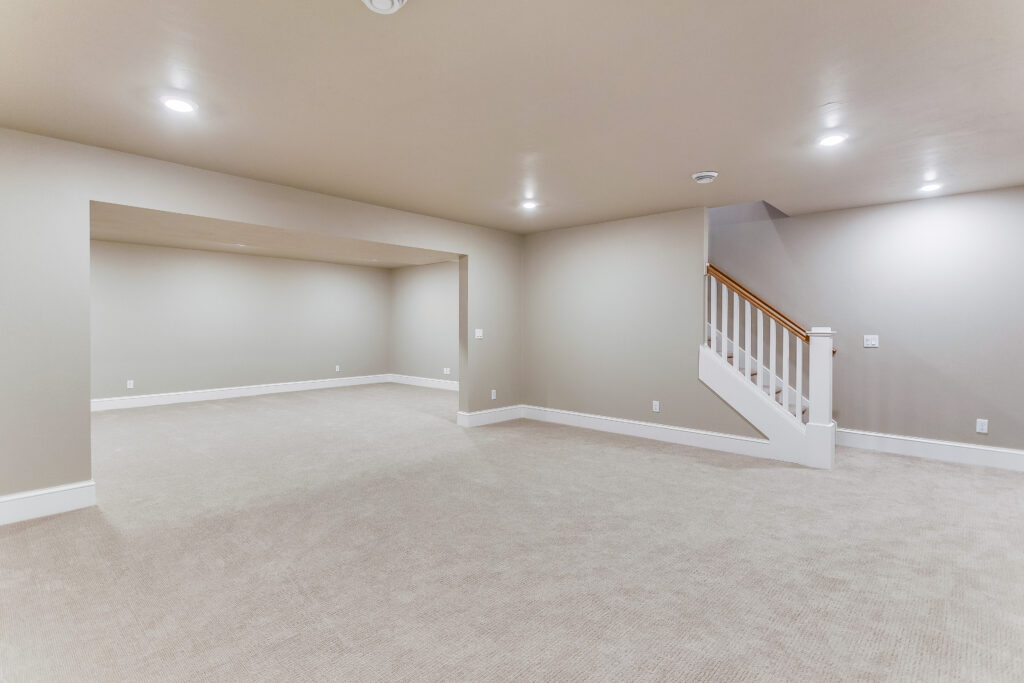
Most people think of basements as dark, damp areas kept for storage rather than living space. With some simple changes, such as new flooring, you can make your basement an inviting entertainment space or a cozy family room.

Several factors need to be considered when installing new floors in a basement. One is whether the floor of your basement tends to stay dry or if you have issues with flooding every year. Before deciding on your basement flooring, it’s important to address the considerations involved. Do you want a cozy den or a space that will see heavy use and activity?
If your basement floor is cracked, uneven or full of water puddles and leaks, you should probably fix it before having new flooring installed. Before installing any type of flooring, you want to make sure that the concrete underneath is level and smooth. If moisture has caused a problem with your concrete slab, it may need to be treated or addressed before other work can continue.
After you’ve fixed the subfloor in your basement, it’s time to choose a flooring type that will suit both your aesthetic and functional needs. Carpet, vinyl flooring and ceramic or porcelain tile are all good choices for basement floors. Other factors, such as your lifestyle, the traffic patterns within your home and usage plans for the finished basement will help drive selection. Additionally, you should also consider what type of flooring is necessary to maintain a moisture free environment within in order for it’s lasting success.
Tile is a more expensive option than other flooring, but it’s durable, waterproof and stylish. If your basement tends to flood or gets damp during storms, tile will keep floors dry. Tile may make your basement look more upscale, but it still won’t be as warm or comfortable on the feet as carpeting. Tile is a practical choice for basements in warmer regions where people tend to spend more time indoors. You can always add an area rug underfoot in the family room or basement hallway, providing softness and warmth on cold days.

If you know your basement is prone to flooding and mold issues, it’s best not to have carpet at all. But if you’re dead set on a soft flooring in this space, use moisture-resistant pads under any carpeting (wall-to wall or carpet tiles). Carpet tiles are easy to install and replace if they get wet or stained. Choose a carpet tile with a dense, low pile for maximum durability.
Luxury vinyl flooring is an excellent choice for basements, as it’s waterproof and mold resistant while looking like real wood or tile. While vinyl plank flooring is as durable as ceramic tile and offers many of the same benefits, it also costs less and is easier to install. The decision now is whether to go with vinyl flooring planks or tiles. Both can be installed on level concrete, but you can also choose luxury vinyl tiles that float on top of the subfloor instead of sitting right down in it. Installing underlayment makes the floor comfortable to walk on.
Except for your basement if you have one that is completely dry, we recommend steering clear of hardwood and laminate flooring. Wood and laminate floors can warp if they are soaked or exposed to excess moisture. Because laminate is made with a wood core, any moisture that seeps through the subfloor will cause damage to the flooring. Rather than installing laminate floors on your first and second floor, consider hardwood or vinyl options instead.
